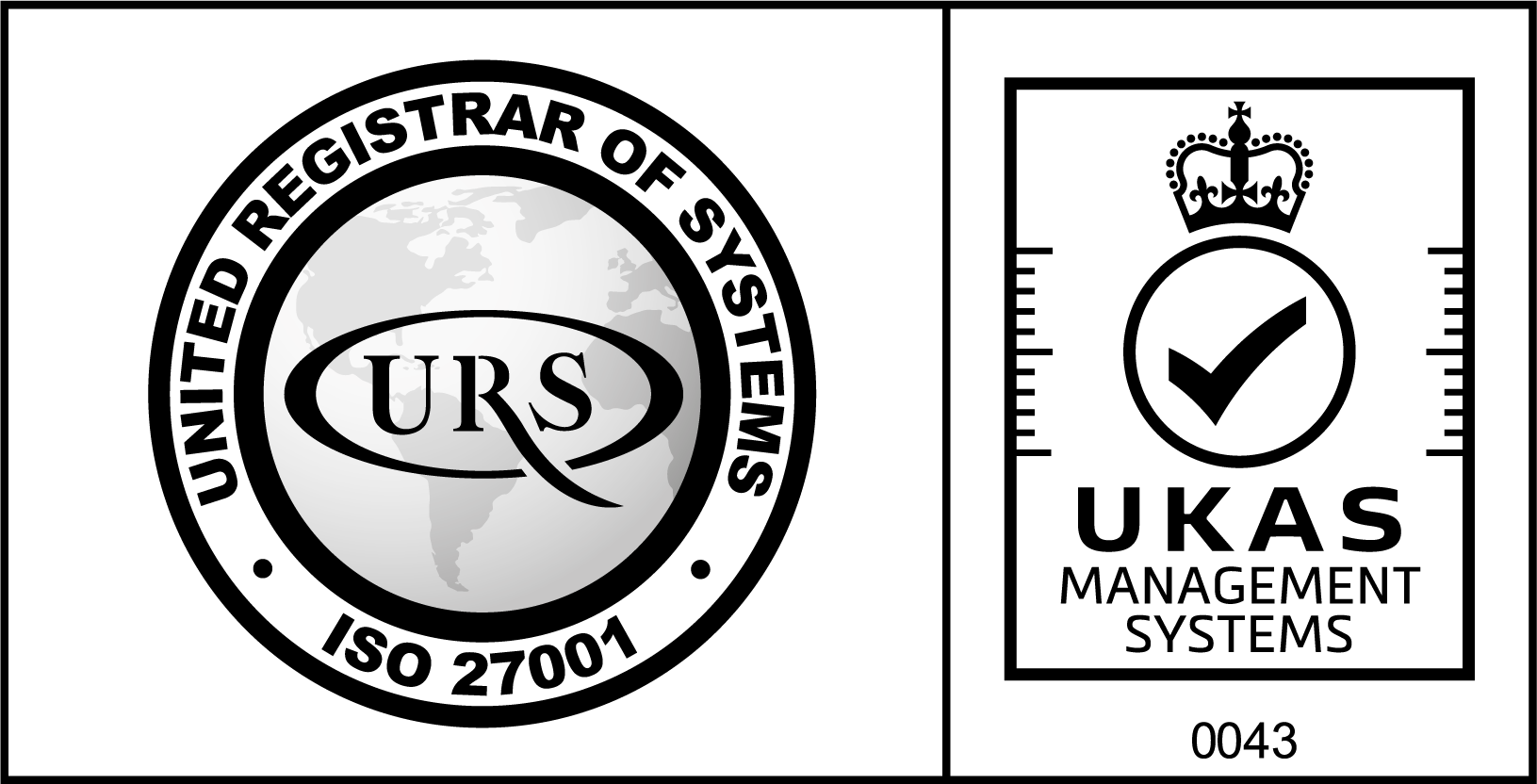RPO vs RTO What's The Difference?
Posted by Ivan Groenewald in SecurityRPO (Recovery Point Objective) and RTO (Recovery Time Objective) are two critical metrics in the world of disaster recovery and business continuity planning. While they both play vital roles in shaping an organisation's strategy for responding to incidents and ensuring operational resilience, they address different aspects of the recovery process. Understanding the difference between RPO and RTO is crucial for IT professionals, business leaders and anyone involved in disaster recovery planning.
Here’s a breakdown of what each term means and how they differ:
Recovery Point Objective (RPO)
-
Definition: RPO refers to the maximum amount of data loss an organisation is willing to accept in the event of a disruption, measured in time. It is essentially the age of the files or data in backup storage that must be recovered for normal operations to resume without significant impact on the business. RPO is about data loss, not time lost during recovery.
-
Implication: An RPO determines how frequently data backups should be performed. For example, an RPO of 4 hours means an organisation must back up its data at least every 4 hours to ensure that no more than 4 hours of data is lost in the event of a disaster.
-
Focus Area: RPO is focused on data loss and recovery. It is a measure of how much historical data the business can afford to lose after an incident before it impacts business continuity.
Recovery Time Objective (RTO)
-
Definition: RTO refers to the maximum amount of time allowed to restore operations and systems after a disaster has occurred to avoid unacceptable consequences associated with a break in business continuity. RTO is a measure of time from an outage to recovery.
-
Implication: An RTO dictates the maximum downtime an organization can tolerate. For example, an RTO of 2 hours means the organization's processes, systems, or networks need to be back up and running within 2 hours after an outage to avoid significant business impact.
-
Focus Area: RTO is focused on time and operational recovery. It concerns the duration the business can operate without its IT systems or data before facing significant consequences.
Key Differences
-
What They Measure: RPO measures the maximum tolerable period in which data might be lost due to a major incident; RTO measures the target time you need to recover data or IT services after a disaster to avoid unacceptable consequences.
-
Focus: RPO is all about data and how much data loss is acceptable. RTO is about time and how quickly you need to recover after a disruption to avoid significant impact on business operations.
-
Determines: RPO determines the frequency of backups. RTO determines the overall strategy for disaster recovery and the resources (both technological and human) required to meet recovery timelines.
Why Both Are Important
Together, RPO and RTO help organisations develop a balanced, effective disaster recovery plan. They ensure that both data recovery needs and operational capabilities are addressed, enabling businesses to manage risk, minimise data loss, and reduce downtime in the event of a disruption. By clearly defining RPO and RTO, organisations can prioritise their recovery efforts, allocate resources efficiently and implement appropriate technologies and processes to meet these objectives.
In summary, while RPO and RTO serve different purposes, they are complementary and equally important in the context of disaster recovery planning. Understanding and accurately defining these objectives is essential for maintaining business continuity and resilience in the face of unexpected incidents.





